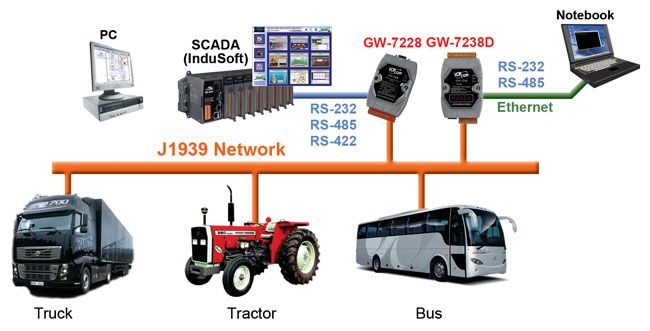J1939
Introduction
J1939 is a communication protocol used in commercial vehicles like trucks, buses, and agricultural machinery. Developed by the Society of Automotive Engineers (SAE), it builds on the Controller Area Network (CAN) protocol to facilitate data exchange between Electronic Control Units (ECUs). This ensures interoperability across different manufacturers and devices. J1939 standardizes message structures and covers various applications, from engine management to advanced driver assistance systems (ADAS). Its robustness and versatility make it crucial for modern vehicle electronics, enhancing efficiency, safety, and functionality in diverse environments. Understanding J1939 is essential for professionals in the automotive and heavy machinery industries, as it underpins the development and integration of sophisticated vehicle control systems.
What is J1939?
J1939 is a standardized communication protocol used primarily in commercial vehicles such as trucks, buses, and agricultural machinery. Developed by the Society of Automotive Engineers (SAE), it operates on the Controller Area Network (CAN) protocol, facilitating efficient and reliable data exchange between various Electronic Control Units (ECUs) within a vehicle.

Key Features of J1939
Standardization: Ensures interoperability between devices and systems from different manufacturers.
Message Prioritization: Uses a priority system to manage network traffic, ensuring critical messages are transmitted promptly.
Scalability: Supports a wide range of applications, from simple engine control to complex vehicle systems like advanced driver assistance systems (ADAS).

Robustness: Designed to operate reliably in harsh automotive environments.
Diagnostics: Provides standardized diagnostic messages and troubleshooting capabilities, aiding in vehicle maintenance and repair.
